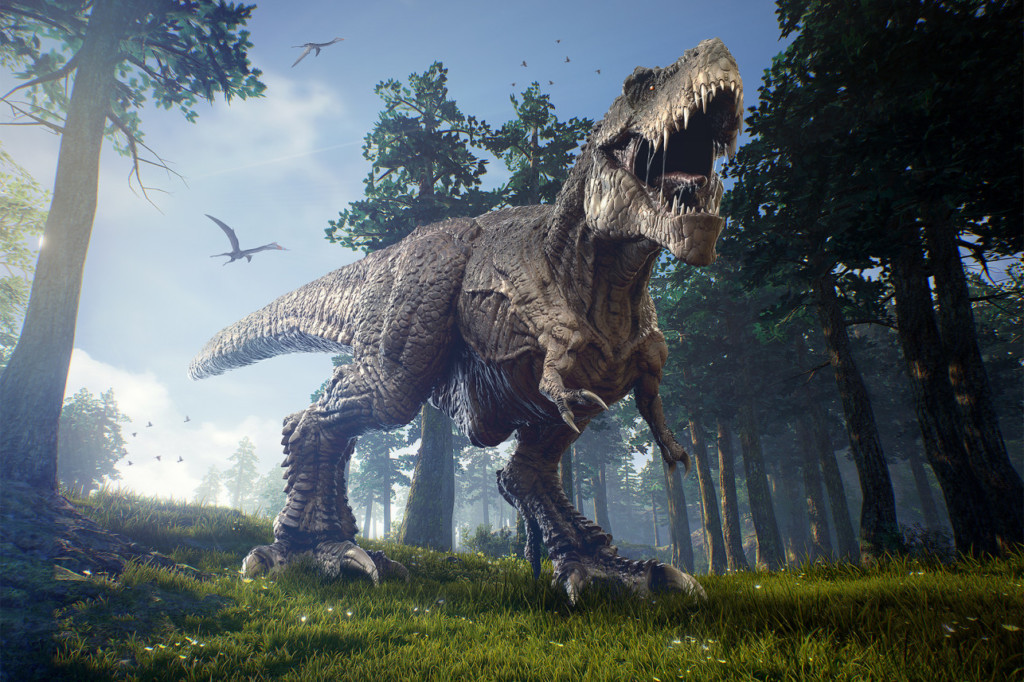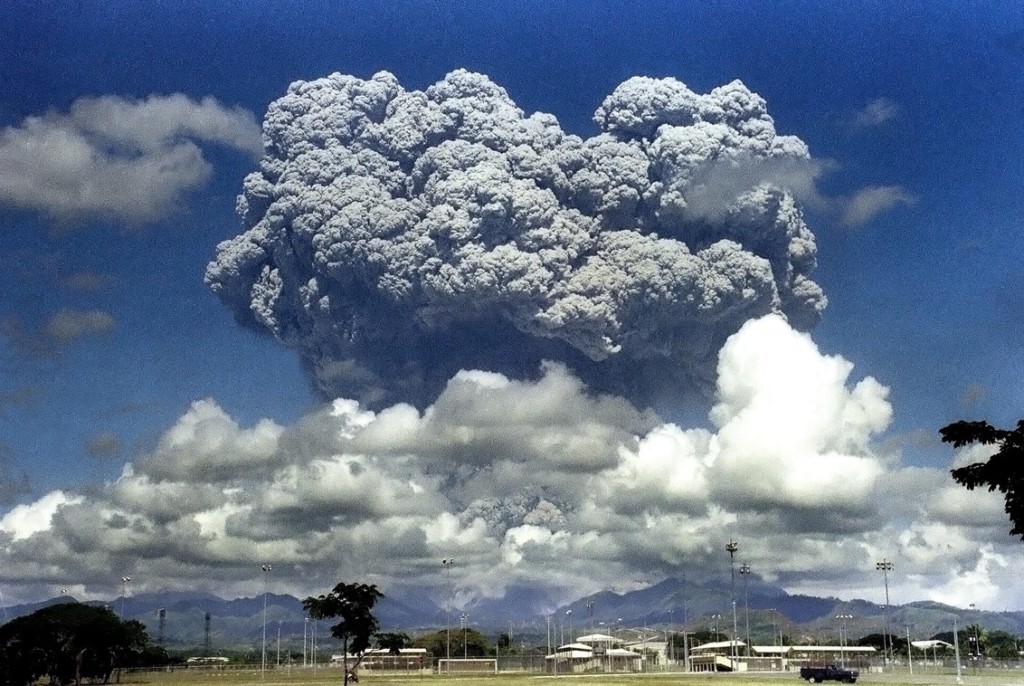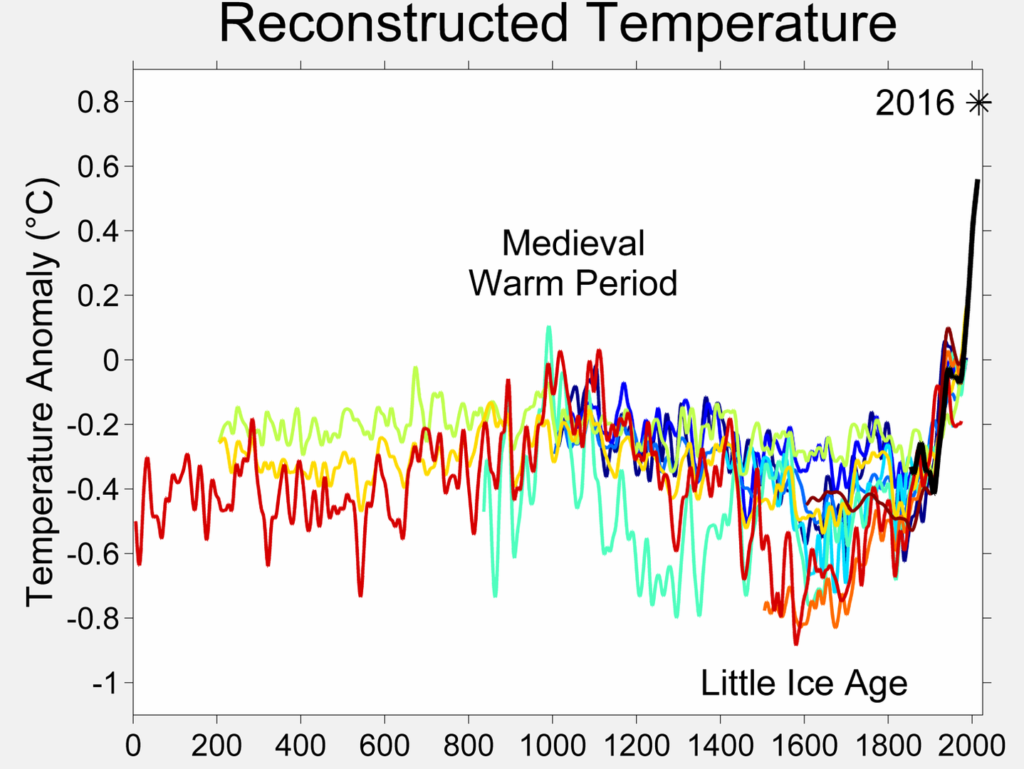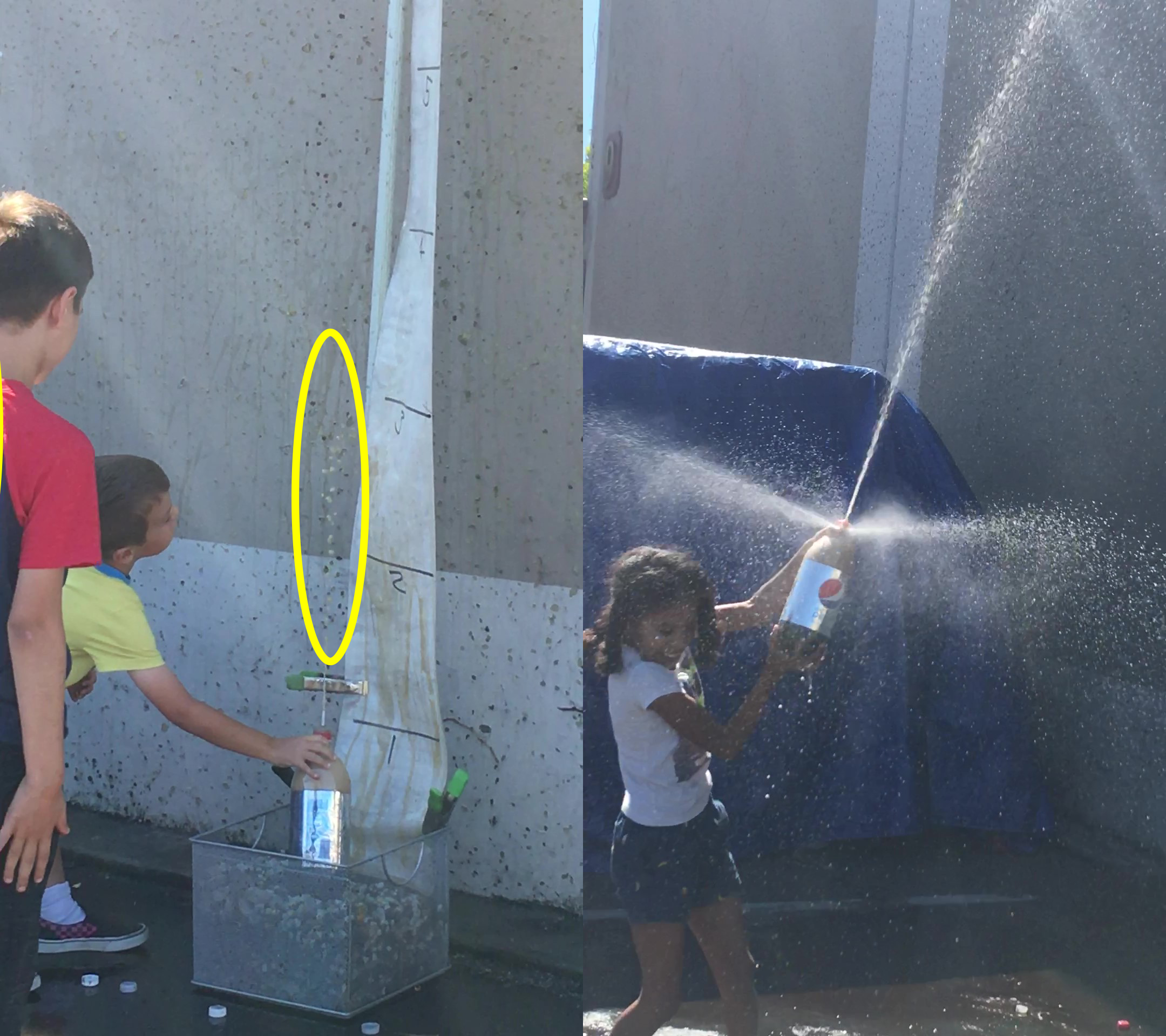Feeding the People
by Mr. Mac
It’s fun to learn about the most powerful creatures on earth and how they live. Children like to study the tyrannosaurus rex because it is such a dangerous looking creature and it is at the top of the food chain. Telling children about something like grass at the bottom of the food chain just doesn’t have the same impact. But in order to avoid some terrible consequences, we need to carefully consider what we do on this planet in regard to the lowest parts of the food chain. If we upset the balance at that level we could accidentally create a famine.
All of our grain crops are very near the bottom of the food chain, but they are essential to our well-being. All the green trees, plants, grasses, and algae need carbon dioxide to live. And all of the creatures that breathe air, or extract oxygen from the waters, need oxygen to survive. Our atmosphere has about 21 percent oxygen and that amount works well to keep us alive and happy. Humans are out-weighed by all the green trees, plants, grasses, and algae by a factor of about 10 thousand to 1, but those living organisms don’t have 21 percent carbon dioxide in the atmosphere… they have five hundred times less! All they get is 0.04% carbon dioxide.
It is conceivable that humanity could reduce the carbon dioxide in the atmosphere so that we could reduce the warming trends of climate change. And if we successfully remove enough carbon dioxide to reduce the warming trend, would that hinder the growth of the green plants and other green creatures at the bottom of the food chain? Would our global food production be affected?
We know that plants grown in greenhouses at higher temperatures, more hours of light, and with much higher levels of carbon dioxide grow faster, larger, and produce greater crop yields. We also know that with lower levels of carbon dioxide, the plants grow more slowly and produce less food.
We have to consider the population growth of this planet and plan how much food will be needed in the future. We also have to take into account the possibility of global disasters. We need to continue growing enough food to feed everyone if a combination of events causes crop failure. This has happened before by an event like the volcanic eruption of Mount Pinatubo.
During the eruption of Pinatubo on June 15, 1991, a cloud 684 miles wide (1,100 kilometers) and 22 miles high (35 kilometers) formed over the volcano, carrying about 17 megatons of sulfur dioxide into the stratosphere, according to researchers led by Stephen Self of the University of Hawaii at Manoa writing in the USGS publication “Fire and Mud.”
While the larger particles of ash fell out of the sky fairly quickly, the sulfur dioxide became fine droplets, or aerosols, of sulfuric acid. These prevented inbound solar energy from reaching the planet’s surface, which caused global cooling. The cloud of aerosols created by Pinatubo spread around the globe in about three weeks and ultimately caused a dramatic decrease in the amount of solar energy reaching the planet, according to the researchers.
As a result, from 1992 to 1993, large parts of the planet cooled as much as 0.7 degrees Fahrenheit (0.4 degrees Celsius), they wrote.
These tiny droplets remained suspended for one to three years, but the effects they produced in that time were complex, according to David Pyle, a professor of earth sciences at the University of Oxford.
By Wynne Parry June 15, 2011 Planet Earth
A cooling of 0.4 degrees Celsius in one year doesn’t seem like much but it can have profound effects on the germination and growth of crops if it is sustained for a long time. The Little Ice Age had temperatures that were about 0.6 degrees Celsius lower than the average temperature between 1950 and 1980.
According to Wikipedia “Little Ice Age”:
In his 1995 book the early climatologist Hubert Lamb said that in many years, “snowfall was much heavier than recorded before or since, and the snow lay on the ground for many months longer than it does today.”[25] In Lisbon, Portugal, snowstorms were much more frequent than today; one winter in the 17th century produced eight snowstorms.[26] Many springs and summers were cold and wet but with great variability between years and groups of years. Crop practices throughout Europe had to be altered to adapt to the shortened, less reliable growing season, and there were many years of dearth and famine (such as the Great Famine of 1315–1317, but that may have been before the Little Ice Age).[27] According to Elizabeth Ewan and Janay Nugent, “Famines in France 1693–94, Norway 1695–96 and Sweden 1696–97 claimed roughly 10 percent of the population of each country. In Estonia and Finland in 1696–97, losses have been estimated at a fifth and a third of the national populations, respectively.”[28] Viticulture disappeared from some northern regions and storms caused serious flooding and loss of life. Some of them resulted in permanent loss of large areas of land from the Danish, German, and Dutch coasts.[25]
And all of that happened because of a 0.6 degree Celsius drop in temperature lasting from about 1200 CE to 1900 CE as shown by the graph below. Since we have decided that the carbon dioxide in the atmosphere is the cause of the current warming, we need to be very careful about how we proceed to avoid accidentally overshooting our target and causing a famine.
The graph below shows the temperature changes during the last two thousand years with the average temperature from 1950 to 1980 being the zero line.
CC BY-SA 3.0, https://commons.wikimedia.org/w/index.php?curid=466264
If we do not plan for natural disasters that cause cooling, we may end up having a global shortage of food. To make things worse, when the oceans cool, they absorb more carbon dioxide from the atmosphere, leaving even less for our food crops. Currently, our warming oceans and increasing levels of carbon dioxide help in the production of food for the growing number of people and creatures of this planet.
In one of our experiments at Rock-it Science, we let the students drop Mentos mint candies into diet cola of different temperatures. The warm cola shoots a stream of cola liquid over twenty feet high, but the cold cola hardly reaches three feet high.
This is because the carbon dioxide likes to stay within the cold cola and it likes to quickly fizz out of the warm cola. And the same thing happens in our oceans. As the oceans warm up, they release more carbon dioxide and as they cool down they absorb more from the atmosphere.
If our warming planet causes the ice to melt and the sea levels to rise, we will have to develop plans to move people and cities to higher ground. That kind of problem can be solved by the ingenuity of people… it is something that we are good at doing when we work together. Also, the oceans will rise slowly enough so that people will have a chance to make a move without great loss of life. But if we unwittingly cool the planet by reducing the levels of carbon dioxide, it could cause a chain reaction that will result in the starvation deaths of millions of people.
Look into this yourself and talk to your children about it… it could save millions of lives.





Leave A Comment
You must be logged in to post a comment.